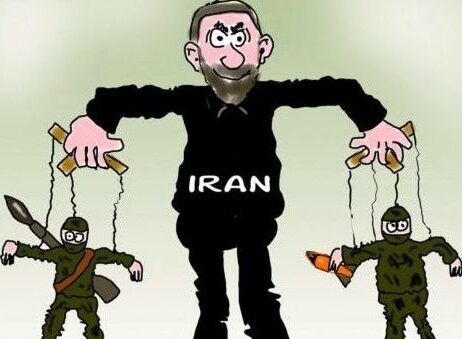Kasra Aarabi and Jason M. Brodsky
Foreign Policy, Nov. 10, 2023
“This call for a Shiite jihad, which was ignored in the West, would enable the regime in Iran to introduce an ideological element to the conflict, centered on extreme antisemitism and sectarianism, to draw on the regime’s ideological influence across the region.”
Since the conflict between Israel and Hamas broke out on Oct. 7, there has been concern that the regime in Iran might initiate a multiple front attack against Israel via its network of militias in the region—a threat that it has consistently made. Until now, much of the attention has focused on the Lebanon-based Hezbollah, the Islamic Revolutionary Guard Corps’ (IRGC) oldest and deadliest proxy. Yet there is another dimension to Tehran’s arsenal that has garnered less attention: the myriad militia groups it controls in Syria and Iraq.
Following the Oct. 7 attack, Esmail Qaani, the IRGC Quds Force commander responsible for managing the Iranian regime’s militia network, has made multiple trips to Syria to coordinate with the IRGC’s proxies there and in neighboring Iraq. Qaani’s visits have been followed by more than 40 missile or drone strikes by Tehran’s proxies against U.S. forces in Syria and Iraq, with the objective of both testing U.S. redlines and controlling the path of escalation. These attacks have been coupled with multiple reports indicating that the IRGC’s proxies in Syria have begun mobilizing toward the Israeli border.
Syrian media has also indicated that Hezbollah’s elite Radwan Unit had arrived in Syria in October and deployed close to Israel.
But perhaps the clearest indication about the integral role of the Syrian front to the IRGC’s multifront escalation against Israel came just a few days ago, on Oct. 22, when Qaani reportedly visited southern Syria and established a new “joint operation room” for the IRGC and its proxies alongside the Golan Heights.
… [To read the full article, click here]


